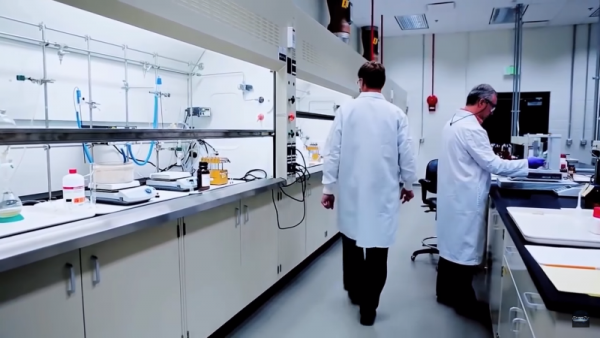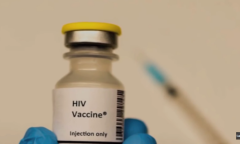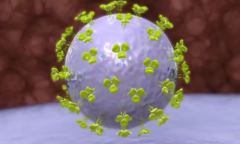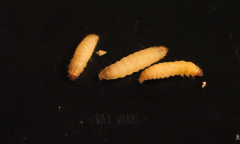By KM Diaz, | May 30, 2017

Researchers developed a new test that aims to detect hidden HIV lying dormant in immune cells, often undetected. (YouTube)
Researchers developed a new test that aims to detect hidden HIV lying dormant in immune cells, often undetected. The test will be faster, less labor-intensive, and less expensive compared to the golden standard test.
Researchers from the University of Pittsburgh's Graduate School of Public Health showed that the amount of hidden HIV in people almost cured with the infection is approximately 70-fold higher contrary to previous estimations.
Like Us on Facebook
HIV infects CD4+ T cells - a white blood cell that defends the body from infection. Antiretroviral therapies for HIV have advanced, in which infected people can have the virus well-controlled and they have a minimum amount of virus per million CD4+ T cells.
However, when the HIV therapy is already working, the procedure becomes critical in determining whether the HIV DNA being identified in the test could produce more virus and can cause relapse to a person when the therapy stopped. The test should reveal that the detected virus has the ability to replicate.
Currently, the best and available test is the "quantitative viral outgrowth assay," or Q-VOA. The test has several drawbacks such a huge amount of blood is required, expensive and time-consuming, labor-intensive, and it only presents a small measure of the size of the hidden HIV reservoir.
Now, Professor Phalguni Gupta, Ph.D., the senior author of the study and the vice chair of Pitt Public Health's Department of Infectious Diseases and Microbiology together with his team developed a new test called "TZA."
The test works by determining a gene that is being turned on when HIV replication is only present, therefore the virus is flagged to quantify. The results could be delivered within one week compared to Q-VOA that releases results after two weeks. In addition, the test needs minimum volume of blood and it is less labor-intensive and also at a third of the cost.
The test was demonstrated to asymptomatic patients undergoing antiretroviral therapy with larger HIV reservoir. Since the TZA has low cell requirement, it is also useful for quantifying the replication-competent HIV-1 when it comes to pediatric population, as well as tissues and lymph nodes where the virus persists.
-
Use of Coronavirus Pandemic Drones Raises Privacy Concerns: Drones Spread Fear, Local Officials Say

-
Coronavirus Hampers The Delivery Of Lockheed Martin F-35 Stealth Fighters For 2020

-
Instagram Speeds Up Plans to Add Account Memorialization Feature Due to COVID-19 Deaths

-
NASA: Perseverance Plans to Bring 'Mars Rock' to Earth in 2031

-
600 Dead And 3,000 In The Hospital as Iranians Believed Drinking High-Concentrations of Alcohol Can Cure The Coronavirus

-
600 Dead And 3,000 In The Hospital as Iranians Believed Drinking High-Concentrations of Alcohol Can Cure The Coronavirus

-
COVID-19: Doctors, Nurses Use Virtual Reality to Learn New Skills in Treating Coronavirus Patients











